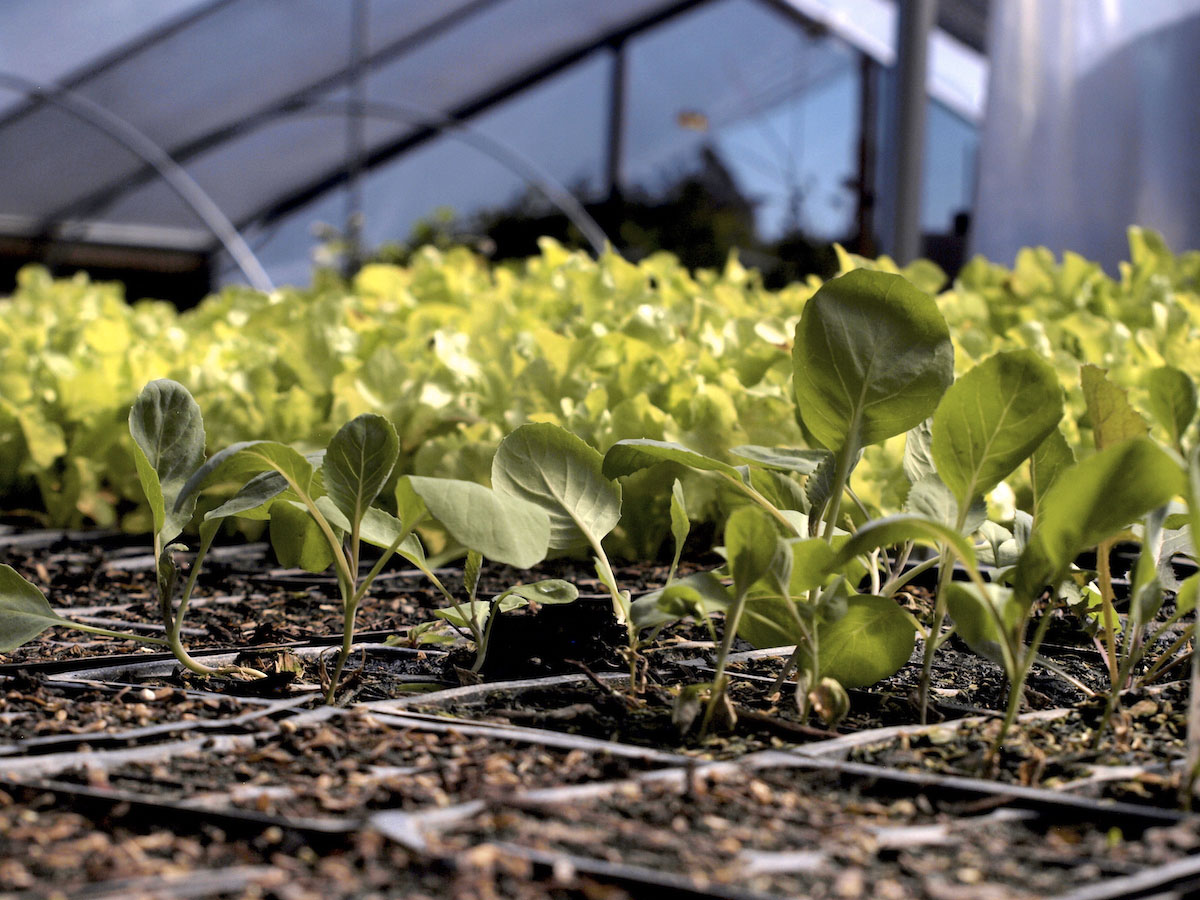
Vertical Farms: Revolutionizing Agriculture with Drought-Resistant Crops
Introduction
Vertical farms and the quest for drought-resistant crops have emerged as crucial solutions in addressing the challenges of global food security and sustainability. This article delves into the historical background, key concepts, main discussion points, case studies, current trends and developments, challenges and controversies, future outlook, and the potential implications of these innovative approaches. By integrating vertical farms and drought-resistant crops, we can revolutionize agriculture and ensure a sustainable supply of food for future generations.
Historical Background
Vertical farming has its roots in ancient agriculture practices, such as the Hanging Gardens of Babylon. However, it gained prominence in the modern era as a response to the ever-increasing need for efficient land use and resource conservation. Simultaneously, the evolution of drought-resistant crop research has been driven by the recognition of the devastating impact of climate change on agriculture. These historical developments set the stage for the emergence of vertical farms and the pursuit of drought-resistant crops.
Key Concepts and Definitions
Vertical farming refers to the practice of cultivating plants in vertically stacked layers, utilizing artificial lighting and controlled environments. This innovative approach maximizes land utilization and minimizes the dependence on traditional agricultural methods. On the other hand, drought-resistant crops are those that possess traits enabling them to withstand prolonged periods of water scarcity, making them resilient to drought conditions. These crops play a crucial role in ensuring food security, especially in regions prone to drought and climate variability.
Main Discussion Points
Vertical Farms
Vertical farming offers numerous benefits, including high crop yields in limited space, reduced water usage, and minimized reliance on pesticides and herbicides. Additionally, these farms can be established in urban areas, reducing transportation costs and carbon emissions associated with conventional agriculture. Advanced technologies, such as hydroponics and aeroponics, are integral to vertical farming, enabling optimal plant growth and resource utilization.
Drought-Resistant Crops
Developing drought-resistant crops is essential for mitigating the impact of climate change on agriculture. These crops possess traits like deep root systems, efficient water usage, and enhanced stress tolerance. Scientists employ various techniques, including genetic engineering and marker-assisted breeding, to enhance these traits. Drought-resistant crops have the potential to revolutionize food production by ensuring stable yields even in drought-prone regions.
Integration of Vertical Farms and Drought-Resistant Crops
The integration of vertical farms and drought-resistant crops can amplify the benefits of each approach. Vertical farms provide controlled environments that can accelerate the development and cultivation of drought-resistant crops. These farms offer ideal conditions for plant growth, enabling scientists to study and enhance drought-resistant traits more effectively. However, challenges such as technological limitations and high initial costs need to be addressed for successful integration.
Case Studies or Examples
Real-world examples of successful vertical farms, such as AeroFarms and Plenty, demonstrate the potential of this innovative approach. These farms have significantly increased crop production while minimizing resource usage and environmental impact. Similarly, research institutions and agricultural companies have made remarkable progress in developing drought-resistant crops, such as genetically modified maize and wheat varieties that exhibit enhanced drought tolerance.
Current Trends or Developments
Recent trends in vertical farming include the adoption of advanced systems like aeroponics and hydroponics, which optimize water usage and nutrient delivery to plants. These techniques further increase crop yields and resource efficiency. In the realm of drought-resistant crops, advancements in genetic engineering and marker-assisted breeding techniques have accelerated the development of resilient varieties, providing hope for the future of agriculture in water-scarce regions.
Challenges or Controversies
Vertical farms face challenges such as high initial costs, energy requirements, and the need for skilled labor. Overcoming these obstacles is vital for the widespread adoption of this agricultural approach. Additionally, controversies surround genetically modified drought-resistant crops, with concerns about their long-term effects on human health and the environment. Public perception and acceptance play a crucial role in shaping the future of these crops.
Future Outlook
The future implications of vertical farms and drought-resistant crops are promising. Vertical farms have the potential to revolutionize urban agriculture and ensure a sustainable supply of fresh produce. By integrating advanced technologies and crop breeding techniques, we can develop more efficient and resilient drought-resistant crops. Furthermore, these approaches play a significant role in addressing climate change and increasing global food demand.
Conclusion
Vertical farms and drought-resistant crops offer innovative solutions to the challenges of food security and sustainability. By harnessing the potential of vertical farming and developing resilient crops, we can ensure a stable supply of food even in the face of climate change and water scarcity. The integration of these approaches holds immense promise for the future of agriculture and the well-being of our planet.